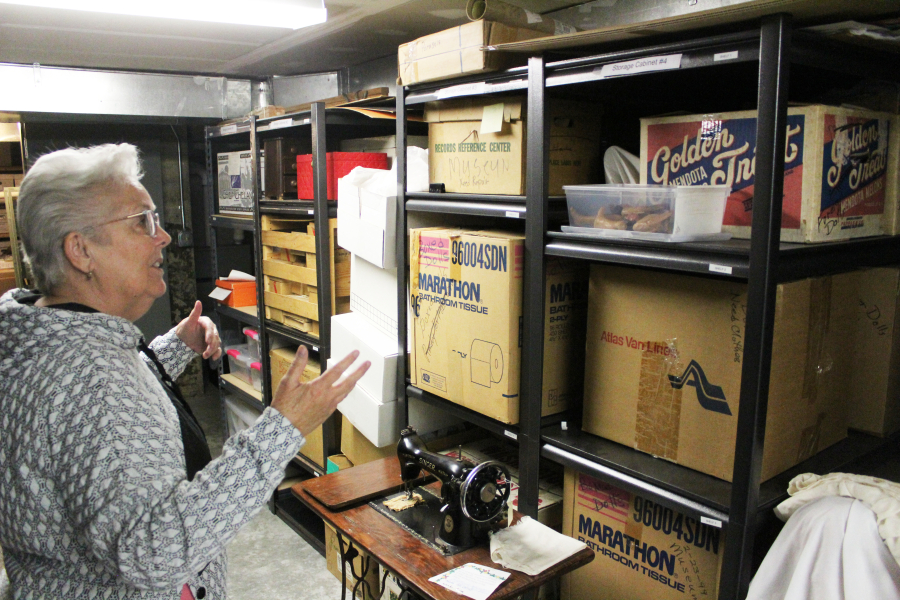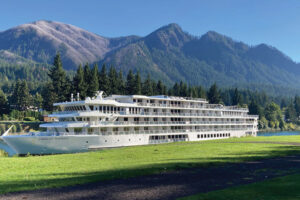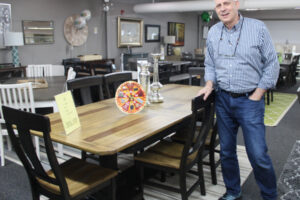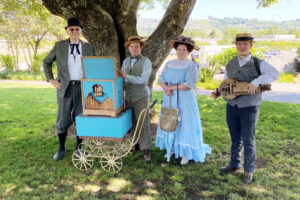Several months ago, Camas-Washougal Historical Society (CWHS) board members made a significant change to the public availability of Two Rivers Heritage Museum, condensing the number of open days per week from four to one for 2022 and beyond.
They didn’t make the decision lightly, but in the end felt as though they really didn’t have much of a choice in the matter. The amount of visitors — or lack thereof — was making it for them.
“Prior to COVID, we were seeing a downfall in activity — usually, during two and sometimes three of those days, there would be zero visitors,” board member Richard Johnson said. “That had an impact on the volunteers who sat here all day sweeping floors.”
In previous years, the museum opened every Wednesday, Thursday, Friday and Saturday, March through October. Now it opens to the public from 11 a.m. to 3 p.m. on Saturdays during the same months, and offers year-round private tours to groups of eight or more people during the week.
The change has been well-received by museum volunteers and visitors alike.
“We had hoped that it wouldn’t make too big of a (financial) impact, but it hasn’t been bad at all,” Johnson said. “We got an extra marking push for the opening (weekend), so that helped. In the analysis after the fact, the Saturdays, plus the guided tours, have yielded about the same numbers as we had for the four days per week. It’s been a fruitful effort.”




